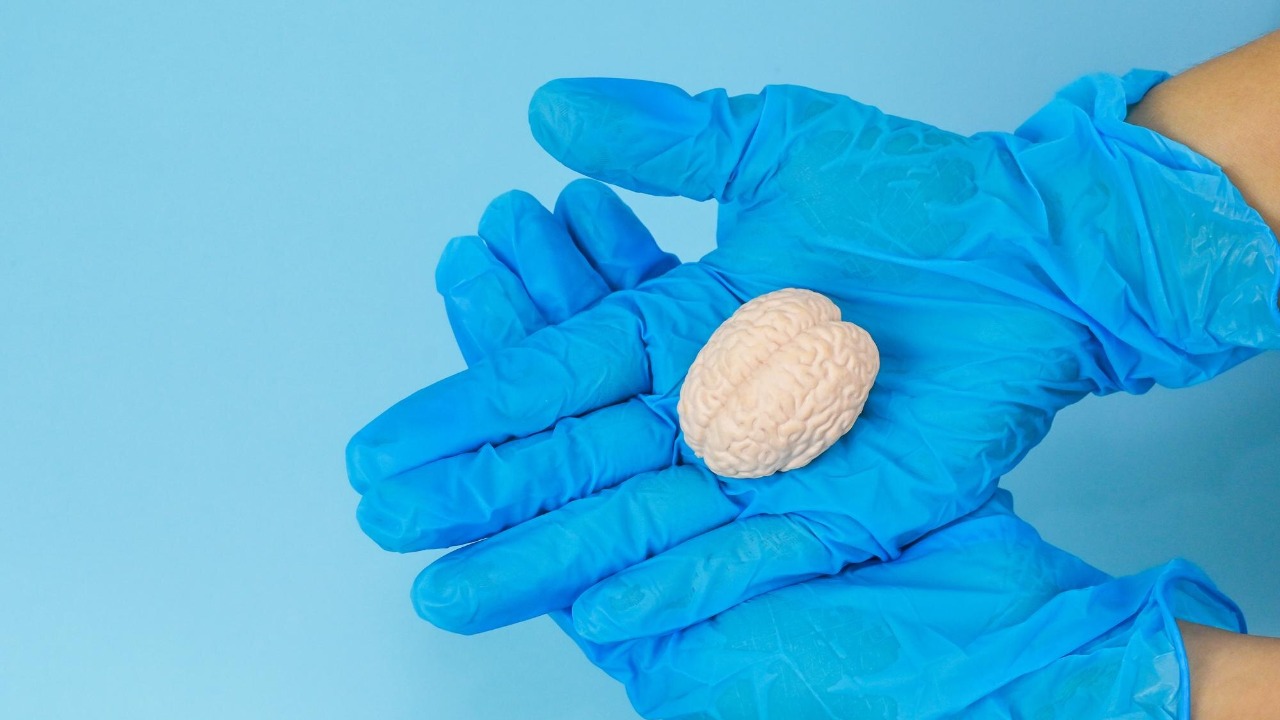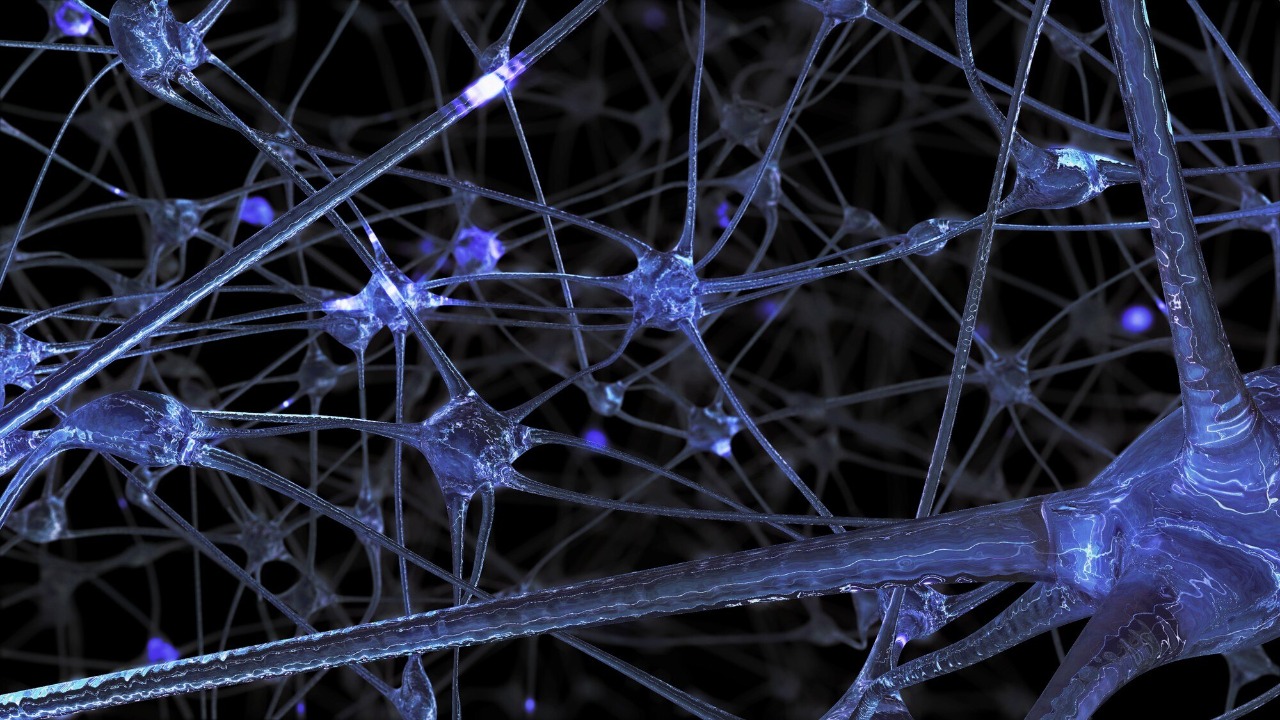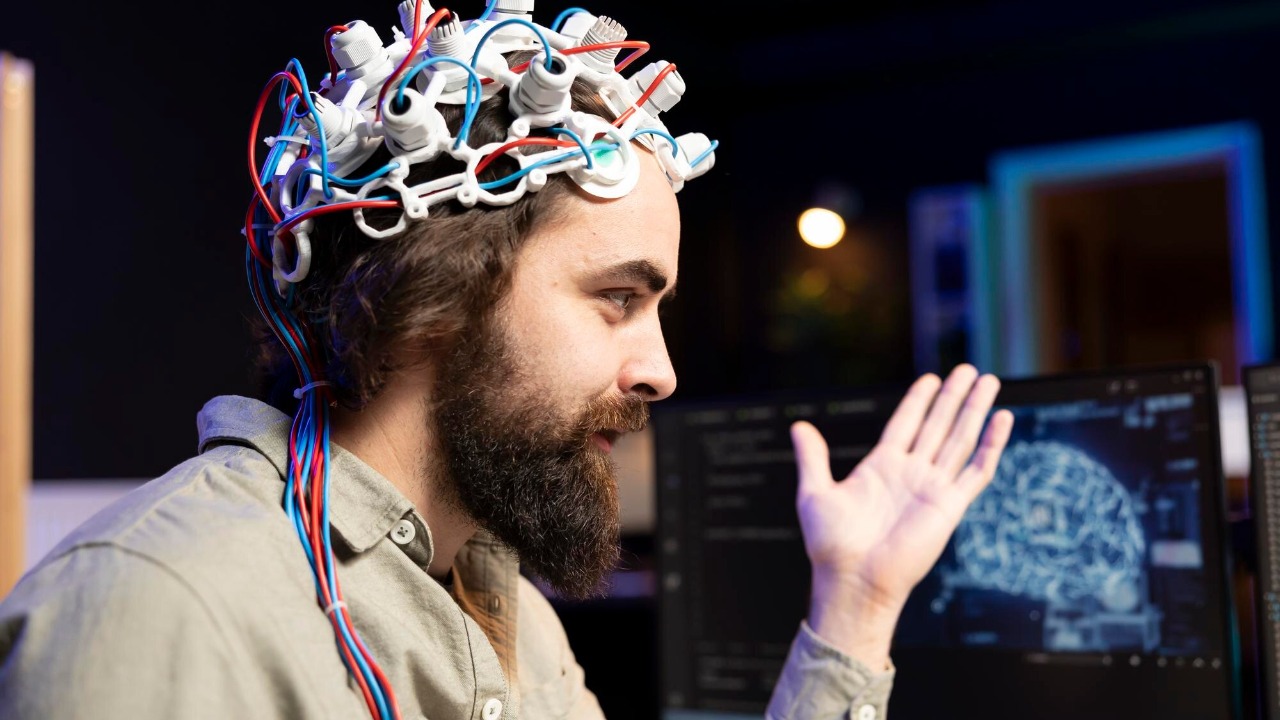
In a remarkable leap for scientific research, ‘mini brains’ have been successfully cultivated in a laboratory setting. These tiny, lab-grown structures can send out neural signals that bear an uncanny resemblance to human thought processes. This development heralds a new era in our understanding of the brain and its intricate functions.
Understanding Lab-grown Mini Brains

Lab-grown mini brains, also known as cerebral organoids, are essentially a cluster of human brain cells grown in a laboratory. These cell clusters are derived from human pluripotent stem cells, which have the capacity to differentiate into any type of cell in the body. Through a meticulous process of cultivation and maturation, these cells are nurtured into becoming a complex, three-dimensional structure that closely resembles the human brain.
The process of growing these ‘mini brains’ is a delicate one. It involves the careful provision of an optimal environment for cell growth, including the right mix of nutrients and growth factors. Over time, the cells start to self-organize into a structure that mimics the architecture and function of the human brain. This fascinating process can be further explored in the AskScience AMA series on Reddit.
Neural Signals: A Reflection of Human Thought

The mini brains generated in the lab are capable of producing neural signals. These signals bear a striking resemblance to the patterns of activity seen in the human brain during thought processes. For instance, they exhibit spontaneous electrical activity and can even respond to external stimuli, much like our brains do.
This ability to mimic human thought processes is not just a curiosity. It offers a unique window into the workings of the human brain, a complex organ that has long baffled scientists. These mini brains allow us to study brain activity in a controlled laboratory setting, providing unprecedented insights into how neurons interact and communicate. More on this can be found in this Google book.
Implications for Neuroscience

The development of lab-grown mini brains holds enormous potential for the field of neuroscience. They provide a unique platform for studying brain development and function, and could serve as a powerful tool for drug testing and disease modeling.
For instance, these mini brains could be used to study the progression of neurodegenerative diseases like Alzheimer’s or Parkinson’s, or to test the efficacy of new drugs. They could also help in understanding complex psychiatric disorders, such as schizophrenia and autism, by providing a model system to study the underlying neural mechanisms. This fascinating area of research is further explored in this Prospect Magazine article.
Concerns and Ethical Considerations

Despite the promise that lab-grown mini brains hold for neuroscience, they also raise a number of ethical questions. One pressing concern is whether these mini brains, given their similarity to human brains, could develop consciousness.
While current consensus is that they lack the complexity for consciousness, the question remains a valid one. As these mini brains continue to evolve and become more sophisticated, this ethical conundrum may need to be revisited. Concerns about the potential consciousness of these mini brains and other ethical considerations are discussed in detail in this Singularity Hub article.
Future Prospects

The field of lab-grown mini brains is still in its infancy, but the potential for future developments is staggering. As our understanding and techniques improve, we could see mini brains becoming an even more accurate model of the human brain, opening up new possibilities for understanding and treating neurological disorders.
Future advancements could also see the integration of these mini brains with artificial intelligence systems, leading to breakthroughs in neuromorphic computing. The recent incident where brain cells played Pong exemplifies the intriguing potential for interfacing biological and artificial systems. This fascinating field is poised to shape the future of neuroscience research, offering new ways to explore the most complex organ in the human body – the brain.